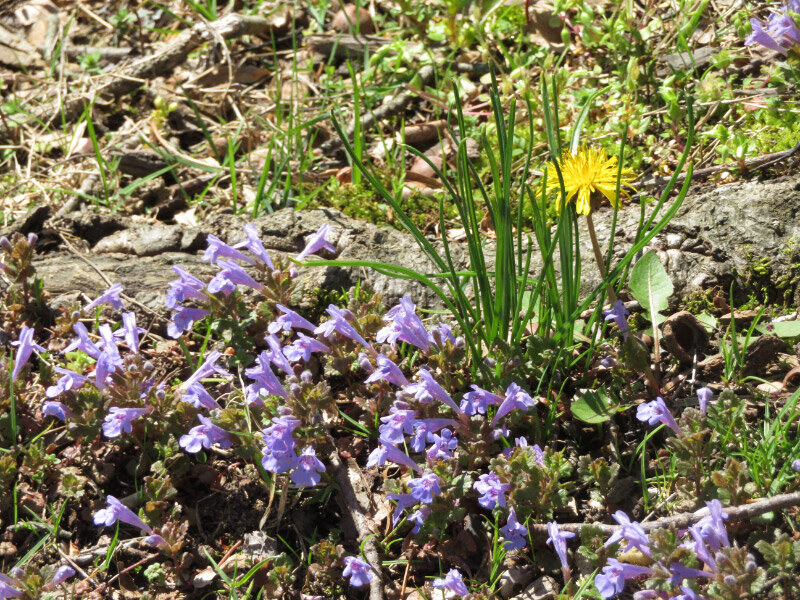Gleanings of the Week Ending August 3, 2024
/The items below were ‘the cream’ of the articles and websites I found this past week. Click on the light green text to look at the article.
Dragonflies Reveal Path of Mercury Pollution – Dragonfly larvae collected from 150 national parks and then analyzed for mercury revealed: in arid regions, mercury comes from snow and rain, while in wetter, more forested areas, airborne mercury clings to leaves, which then fall to the ground, where the toxin spreads.
Komodo dragons have iron-coated teeth to rip apart their prey – A clue to how dinosaurs like Tyrannosaurus rex killed and ate their prey.
COVID-19 devastated teacher morale − and it hasn’t recovered - A National Education Association survey of members found that, as of late 2022, a staggering 55% of educators were thinking of calling it quits because of: eroding sense of safety in the school, intense and unrelenting workload, lackluster leadership and changing expectations, and cuts in jobs and budget. Better pay is a start. I was disappointed that this article did not suggest more than that.
25 Stunning Images of the Cosmos from the Chandra X-Ray Observatory as It Celebrates 25 Years in Space - As NASA continues to grapple with a limited budget this year, Chandra is in danger of ending up on the agency’s chopping block and the program faces cuts in funding.
National Park Fun Facts: Petrified Forest – I’ve been to Petrified Forest National Park several times….still learned something from this post.
Art Bites: Michelangelo’s ‘David’ Was Carved Out of a Flawed Marble Slab – Some history of the famous statue.
8 Tips for Maximizing Your Home Solar Savings in 2024 – I am beginning to read articles like this…we will probably put solar on our house within the next year.
Why Covid-19 is spreading this summer – We’ve got to stop thinking about COVID as something that is like the flu…it isn’t.
Saving Dixie: 24 Hours Caring for a Wallaby Joey – The mother killed along a highway….and the Joey discovered alive…fortunately by someone who was willing to take care of him long enough to get him to an experienced wildlife carer.
Happy 50th birthday to the UPC barcode - While the world has changed a lot since the mid-1970s, the Universal Product Code (UPC) – what most people think of when they hear the word “barcode” – hasn’t. The code first scanned on a package of gum on June 26, 1974, is basically identical to the billions of barcodes scanned in stores all over the world today.






































